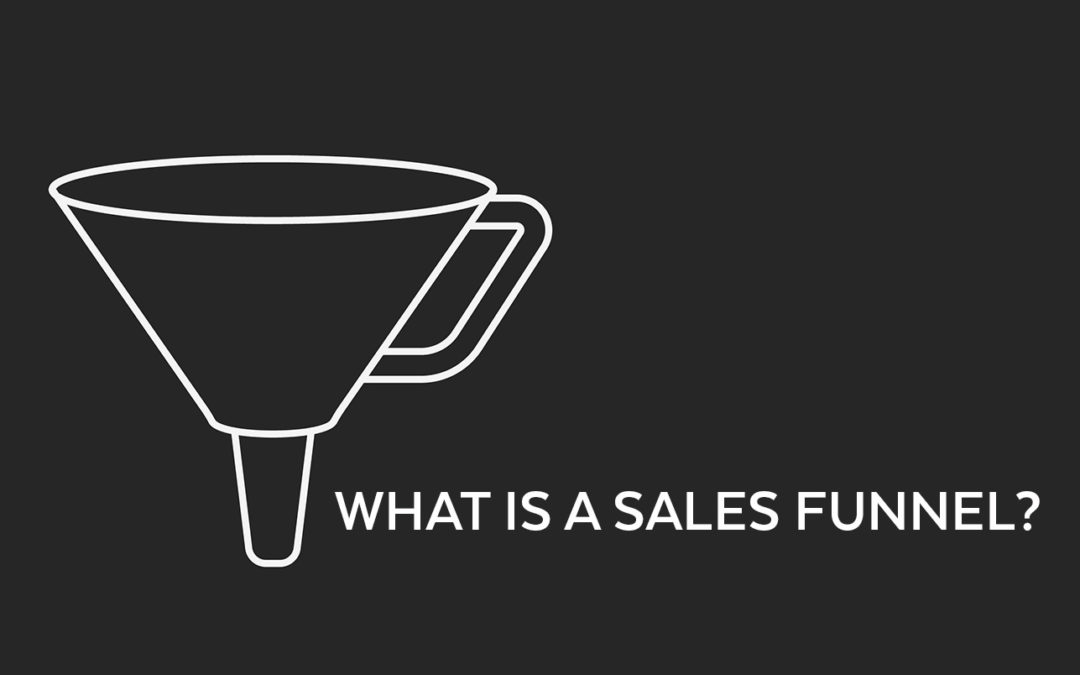Sales funnel.
It’s something of a buzz word in online marketing right now.
If you follow any major online marketing website then you’ve probably seen ads in your Facebook feed offering to help you build a sales funnel.
So, what is a sales funnel?
A sales funnel is a marketing process. It’s the ‘journey’ that a buyer or client takes from the time they become aware of you to when they spend money with you.
The level of detail and information required will vary, usually in proportion to the size of commitment made by the purchaser.
We use an analogy to answer the what is a sales funnel question, we call it ‘The Keys Principle’.
Going back 15 years ago we had a mate who figured that if he asked enough girls on a date, enough times, eventually one would say yes.
Some said yes straight away, they didn’t usually stick around for long.
Others said yes after he asked a few times and they’d got to know him a little better socially, he definitely ended up with a few longer term girlfriends this way.
Later, there was the one woman he courted for many months before he asked and she said yes. This girl was different to the rest. She was someone extra special and he took his time getting to know her. When the time was right, he asked her out.
They ended up married with two daughters. Such beautiful irony, I pity their future boyfriends.
Can you see how this helps to answer the question what is a sales funnel ?
If you have something to sell, product or service, then you need to offer it for sale to the people in your network. In the case of a sales funnel, your network is made up of your social media followers, website subscribers and email database.
If you are selling an inexpensive, low risk product or service then the number of steps required between someone discovering you for the first time to buying from you is smaller and less involved. If you offer a product or service that can solve a specific problem for the purchaser at low risk then there’s a chance they don’t need to get to know you well at all.
Your sales funnel is more like a short cone with a blunt point. A significant number of people who reach the top of your funnel will get to the bottom, and they’ll get there quickly.
Ask lots of people for low commitment to the right thing at the right time and the strike rate will be high.
In the online space this type of funnel is useful for low risk, low cost products. If the cost of acquisition is less than your revenue then you make a profit, everyone walks away happy.
Moving on.
Next, we have the middle of the road sales funnel.
A larger commitment that’s going to take someone a little longer to make the investment.
More trust is required at this stage.
Your potential client may compare what you offer to competitor products and services.
At this mid-range point your sale funnel is going to be longer, with a pointier end. A smaller percentage of the people who enter at the top will make it to the narrow end. There’s a good chance that the product or service offered has a smaller market than for low cost, low risk funnel.
This sales funnel is useful for products and project services with a value of few thousand dollars. However, putting a dollar figure on this is tricky because of variability between industries. In an online business sense, this type of funnel is generally typical for online courses.
Moving on to the clients that you want to ‘marry’.
You can expect for the sales funnel to become even longer and pointier.
Larger investment, higher risk, smaller potential client base.
I’m sure you’ve got the hang of it by now.
That’s the theory of what is a sales funnel? but doesn’t really tell you much about how to actually execute one.
The mechanics of creating a sales funnel relies on creating and positioning your content in a logical order.
In the first instance someone will discover you either via social media, paid advertising or organic search.
At this point they will engage with you in some way.
In a short funnel they might buy from you right away or add their name to your email database to get a discount code or more information.
As the funnel becomes longer and more narrow you’ll need additional content along the pathway from top to bottom of the funnel. Extra social media and blog posts followed by a series of emails once a prospect decides to join your email database. One thing people often forget to do is ask their audience to invest with them. It’s essential that you DO ask people to buy from you more than once.
A great sales funnel won’t be linear either. Sophisticated sales funnels include different pathways that react to how an individual engages with your content. At this level a sales funnel relies heavily on email and blog content and becomes EDM marketing. Our blog post about Event Driven Marketing expands on the concept.
Jargon aside, a sales funnel is a strategic pathway designed to attract and convert ideal customers and clients for your business.
Creating and managing sales funnels is something that we can help you with. Book in for a complimentary strategy session to understand how a sales funnel can result in bog growth for your business.


